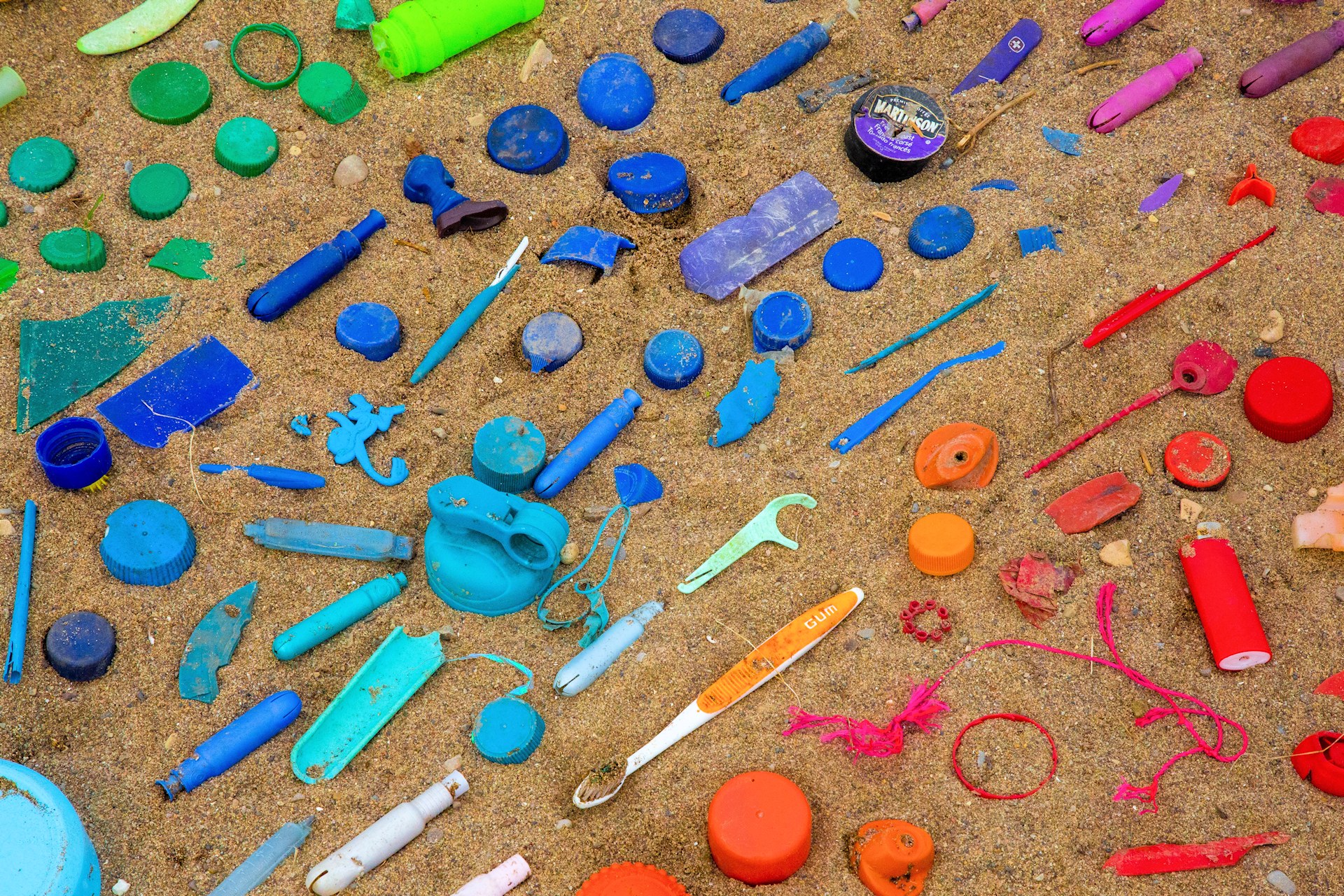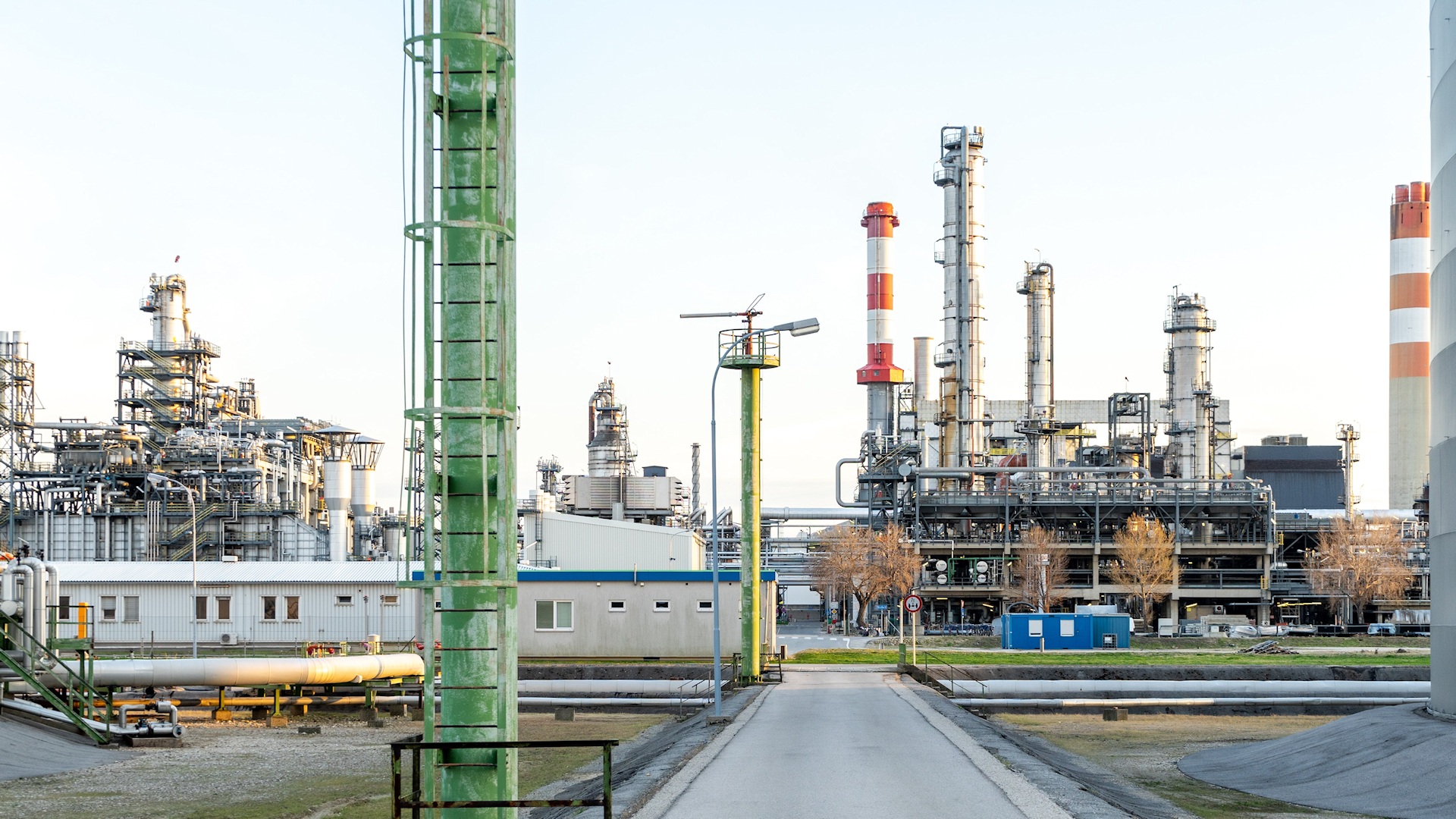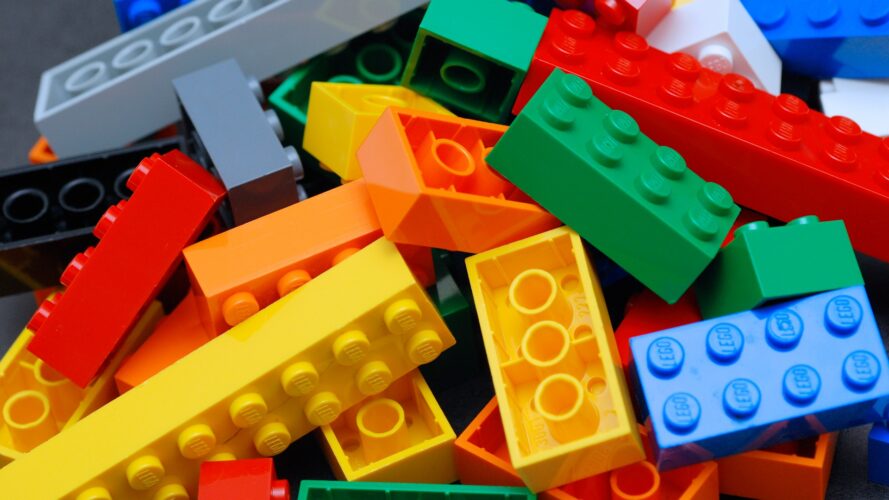Humans manufacture 300 million tons of plastic every year. 8 million tons are estimated to end up in oceans every year. If it all washed up on the coast at once, it’s enough to cover every coastline on the globe with a significant layer of trash. You can imagine it as a neverending stack of garbage about 50 cm tall, and 50 cm wide (that’s about 1.6 ft).
Marine plastics are a worrying environmental issue. Microplastics (very small pieces of plastic) are consumed by fish and end up in human diet. Larger pieces of plastic eaten by marine animals may result in their death. Even if animals don’t consume the plastic, it still creates tangling hazard for seals, turtles and fish. Invention of new, biodegradable plastics helps a little, but their manufacturing process is complex and expensive, compared to regular plastic materials.

Plastic decomposition time – science wants to know
Multiple scientific studies attempted to find out how long it take for plastic to decompose or degrade. One study by Andrew Turner, an environmental scientist at the University of Plymouth in England took an interesting approach. It did not study actual decomposition of plastic, but mechanical weathering of plastic objects, and their persistence in marine environment. He selected toy Lego bricks as the object of his study.
Many earlier studies analyzed decomposition of plastic bags or similar material, but the University of Plymouth team wanted to investigated degradation of bigger pieces of plastic. Why Lego? The toys are very popular. Lego block sets can be purchased in 140 countries. The block design remains exactly the same since 1958. 60 billion blocks are manufactured every year. They are made from ABS plastic which is quite durable. Also, recesses of child’s mind help a little. For some reason children love to flush all sorts of objects down the toilet. Including Lego toy blocks. Direct Line insurance company studied the phenomenon in the UK. They estimated that children aged under 10 flushed a total 4.2 million pens and crayons, 4 million house and car keys, 3.5 million credit/debit/loyalty cards and 2.5 million Lego blocks in the recent history of the UK. Water treatment industry was not very advanced even in 1970s and 1980s, and many of these Lego blocks found their way into rivers, and ultimately into the oceans.

Tokio Express Lego accident
A 1997 accident was an environmental disaster, but is helpful in studying aspects of plastic decomposition time. A German container ship Tokio Express was hit by a rogue wave (also known as freak wave, an abnormally large and unpredictable wave) 20 miles (32 km) off the coast of Cornwall, UK. The ship tilted 60 degrees one way, and 40 degrees back, losing 62 containers in the accident. One of the lost containers carried almost 5 million Lego pieces. Coincidentally, it included a lot Lego Pirates and Lego Aquazone sets, so a lot of marine themed Lego elements ended up in the sea (including 4,200 plastic octopuses). A project called Lego Lost At Sea has been collecting and tracing stories of Lego pieces found on UK’s beaches.
Plastic degradation investigated
Lego block design wasn’t changed since 1958 (you can fit a 1958 Lego brick with current bricks!), but certain nuances in manufacturing process have changed. In 1970s and 1980s cadmium based pigments were used in yellow and red bricks. Since contact with cadmium was linked to lung problems and liver disease, it has been banned in most products in developed countries.
Andrew Turner’s study sourced Lego bricks from archived trash collections picked from English beaches mostly by volunteers and non-governmental organizations (Lego Lost At Sea is one of such projects). The blocks were washed. Their age was estimated by X-ray fluorescence (XRF) spectrometer which, among other things, detected presence of cadmium. Next, pieces were linked to their Lego sets. The team of scientists contacted Lego collectors owning the same historic Lego sets from 1970s and 1980s, and borrowed good condition blocks identical to ones collected from beaches.
The bricks were then weighted. Hence, the study was able to analyze mass loss of a Lego piece due to sand abrasion, hard surface impacts, photodegradation of plastic, contact with seawater. The blocks have lost between 3% and 40% of their original mass. This led to an estimate, that this type of plastic may remain in marine enviroment for approximately 100 to 1300 years.
Popularity of Lego blocks helps to study various phenomena. A study of sets from between 1973 and 2014 discovered that Lego sets are becoming increasingly violent over time.
Top photo by Alan Chia (CC-BY) / Flickr



Permalink